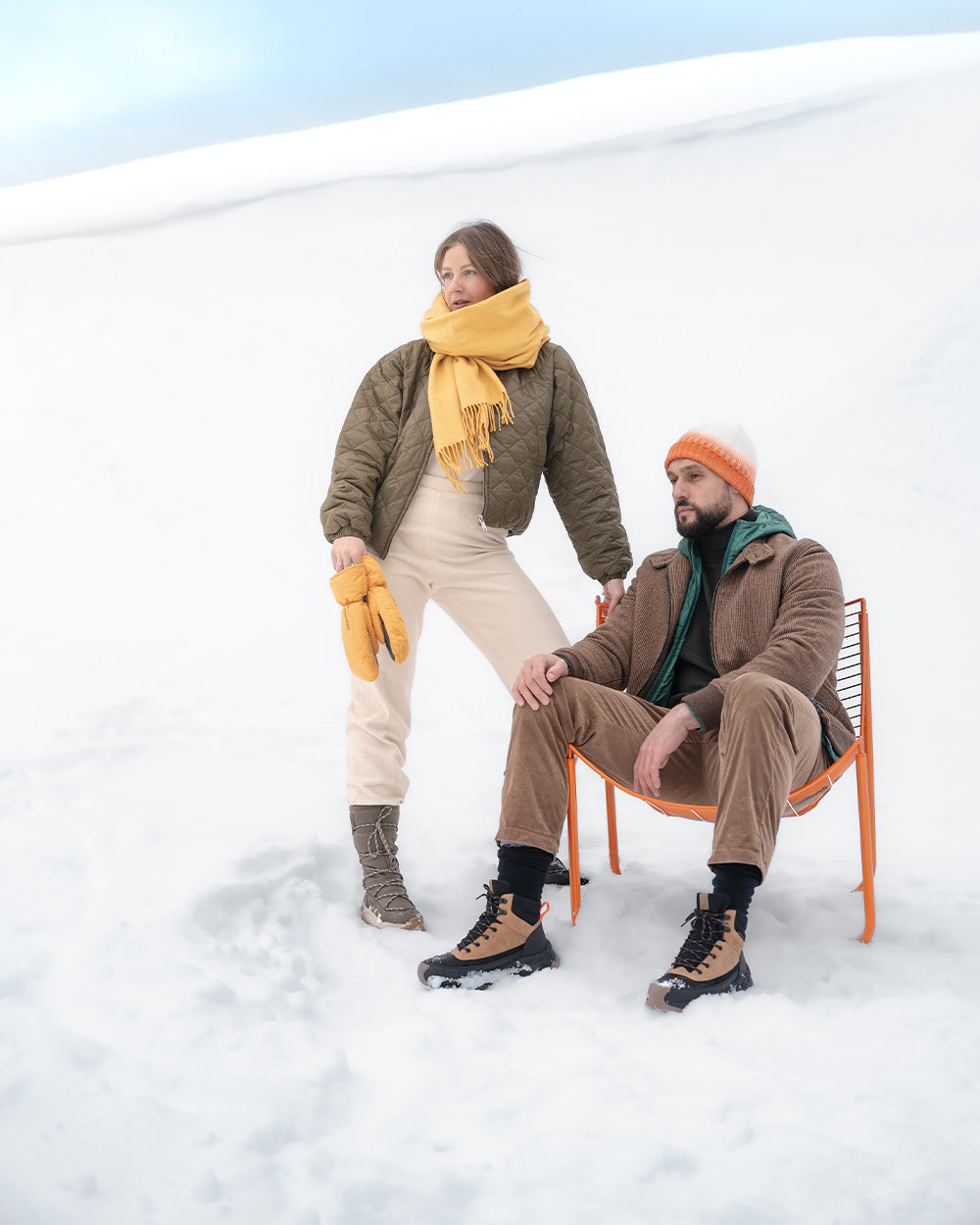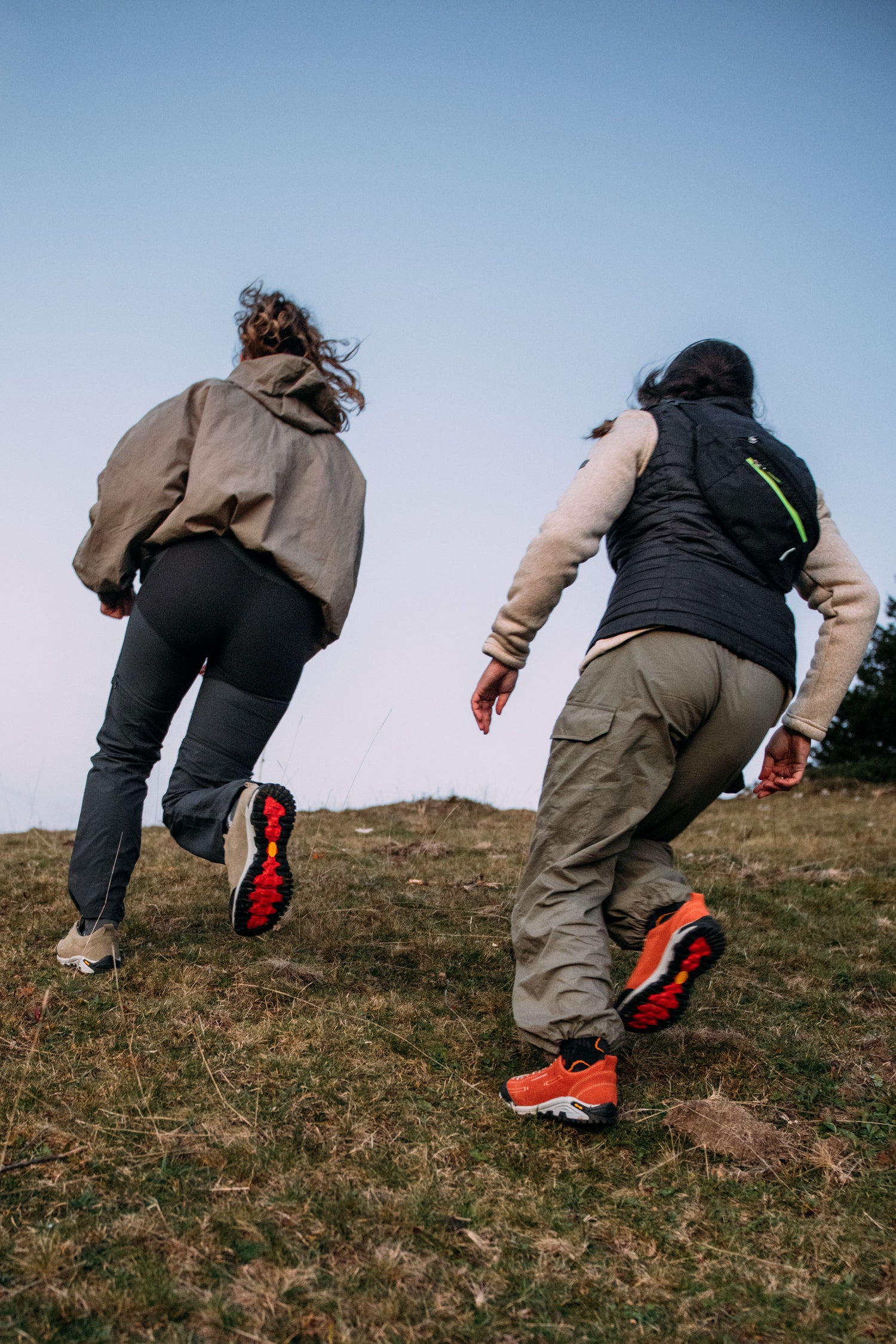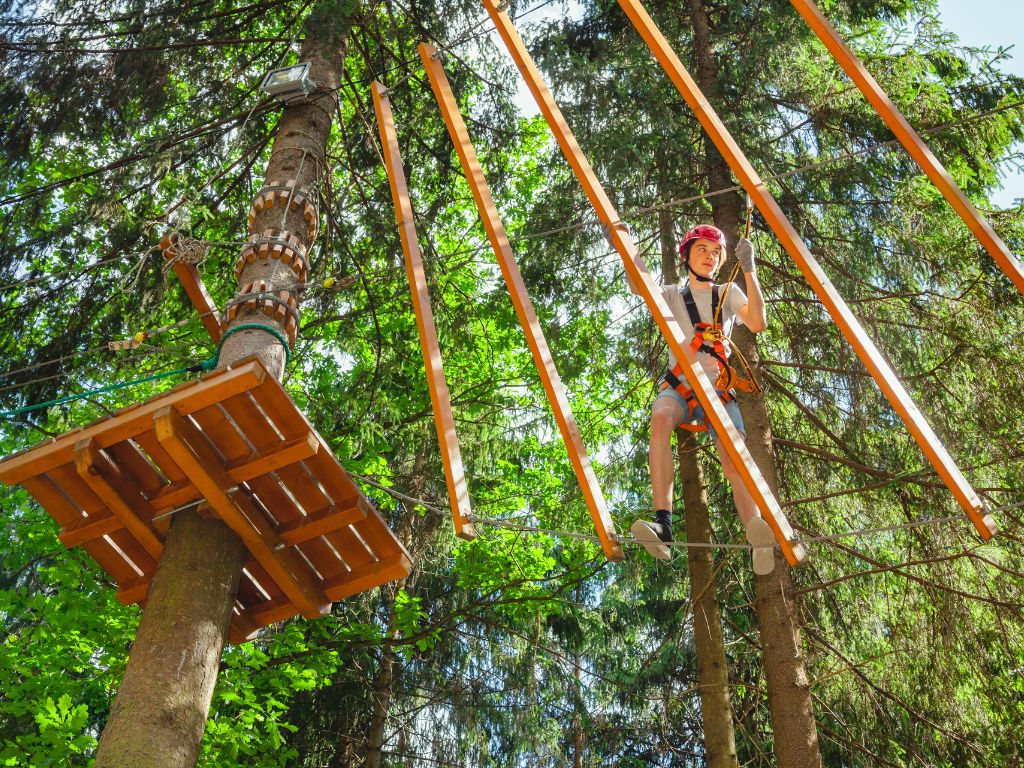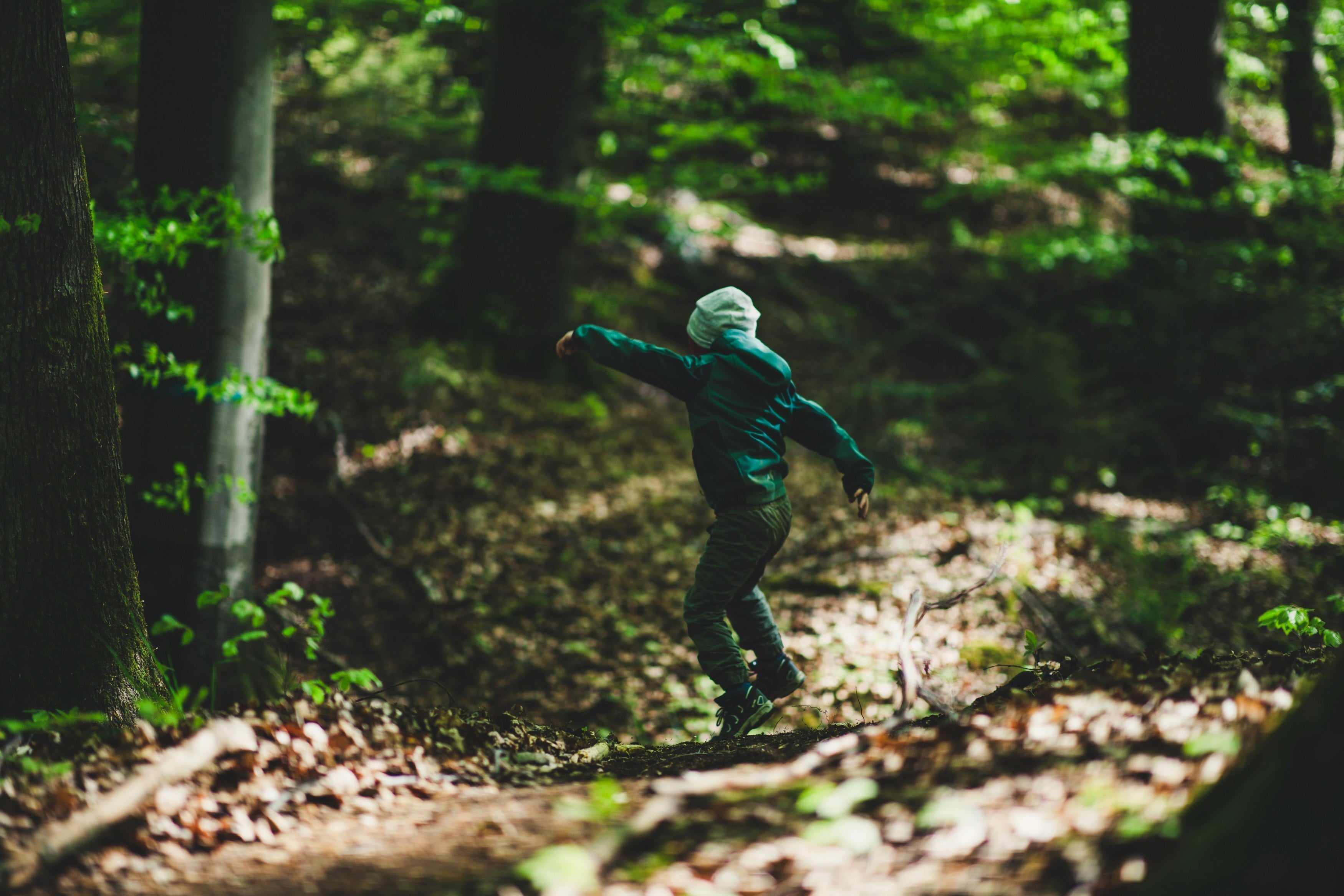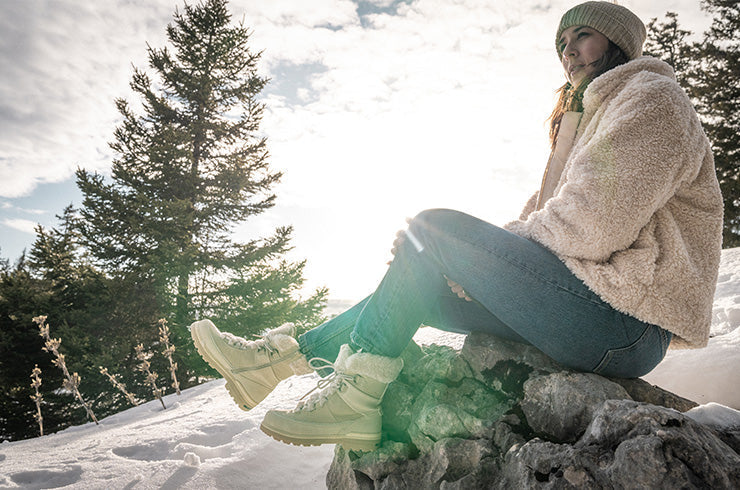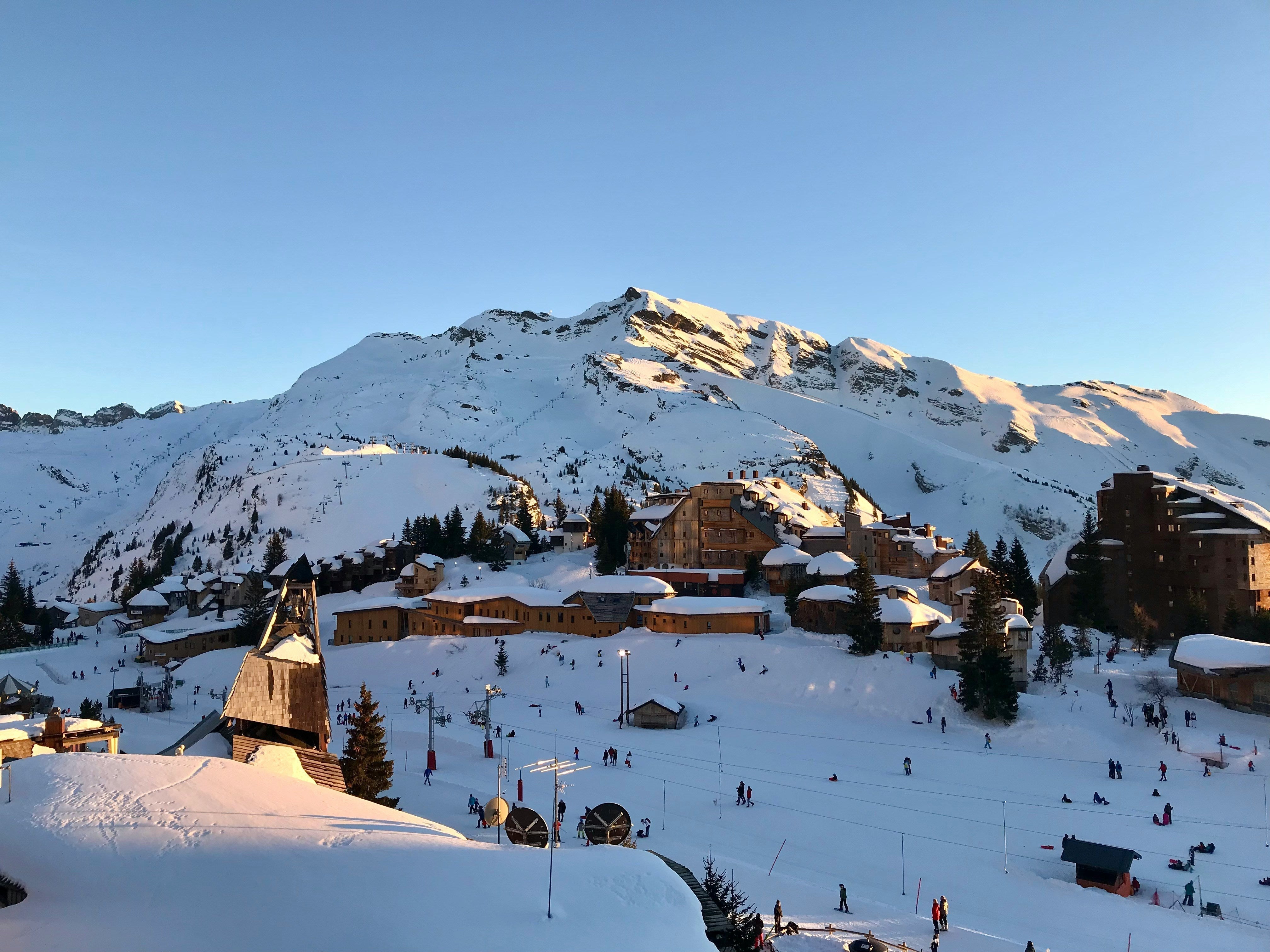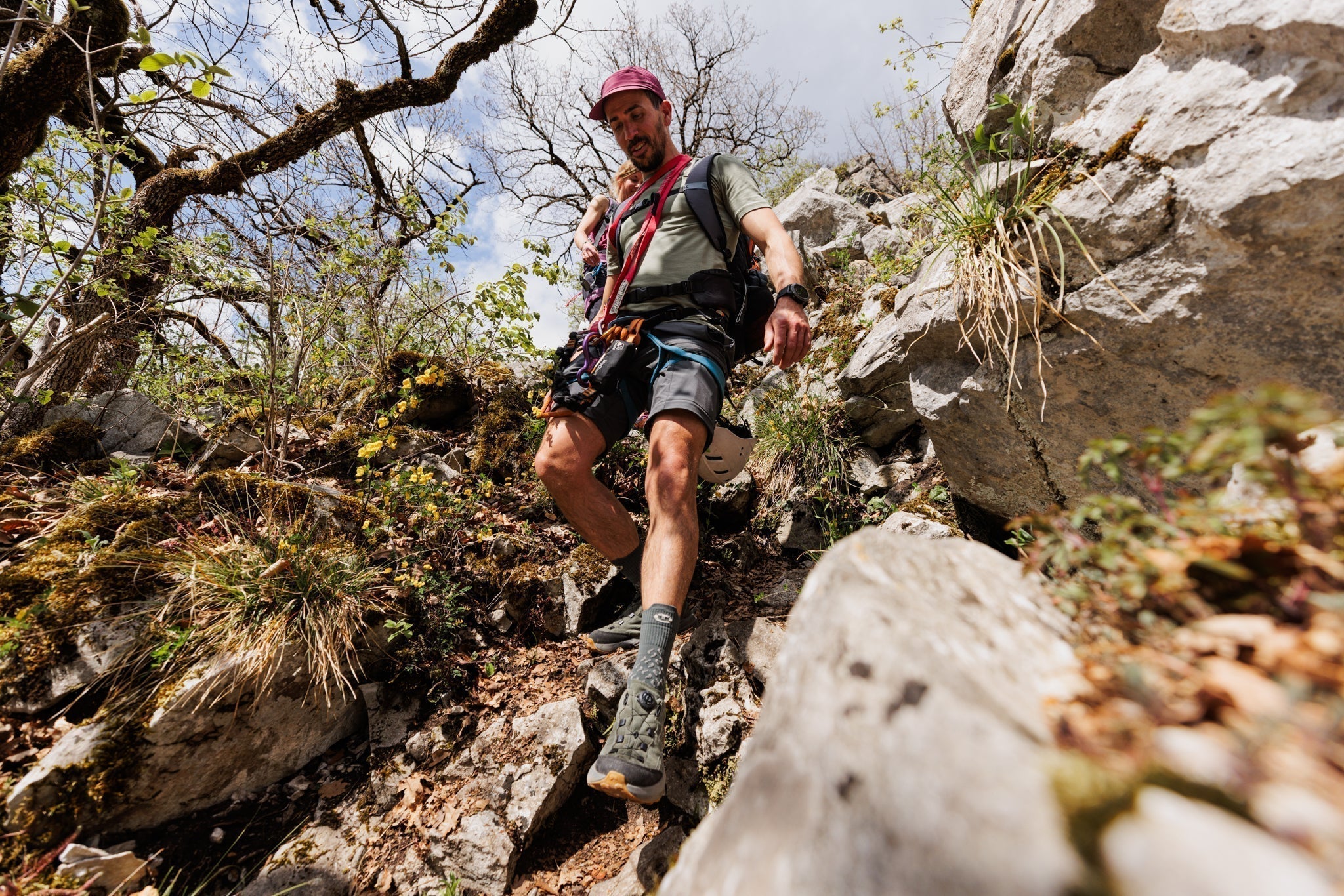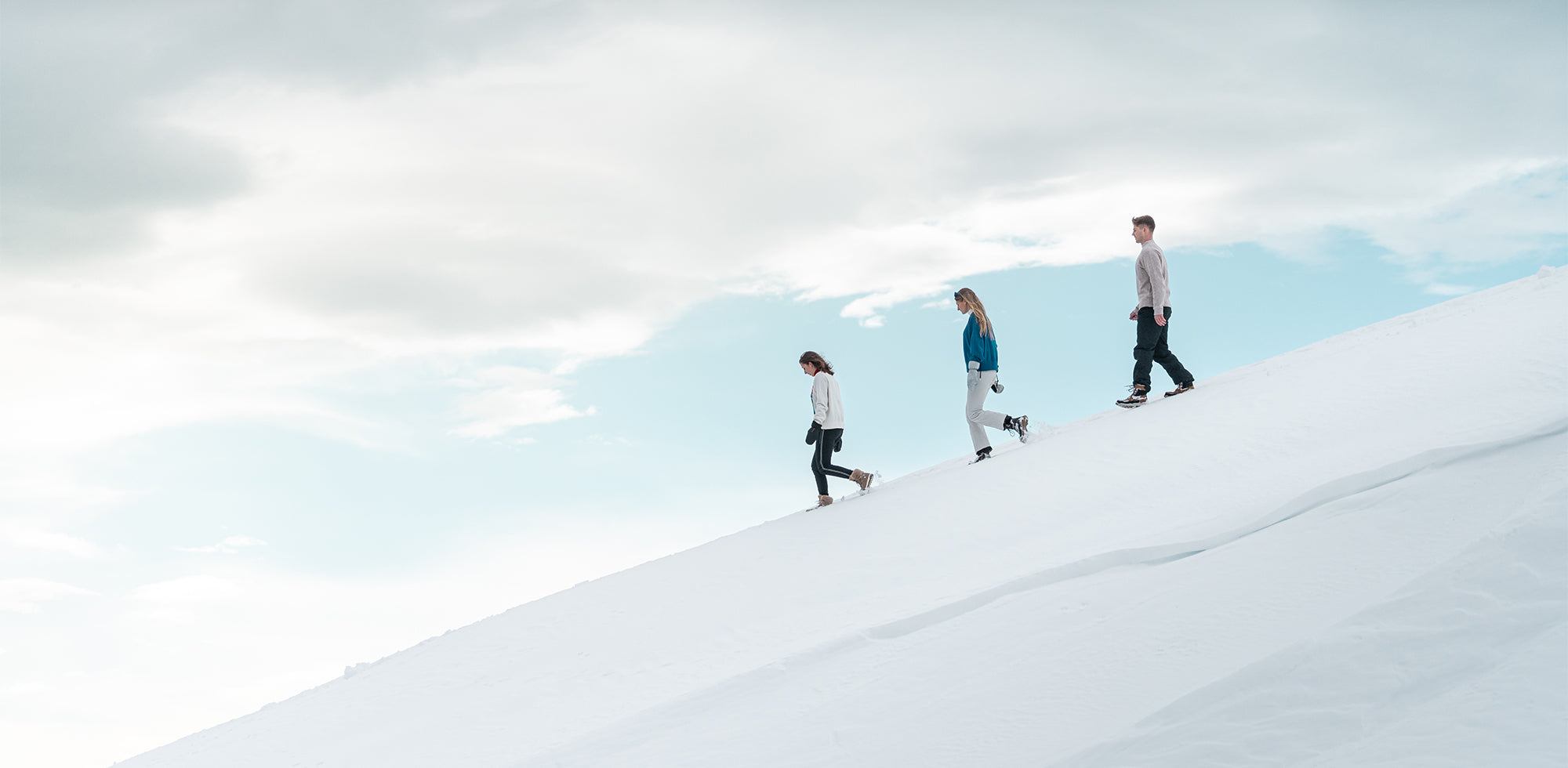Fast hiking is gaining ground. Neither traditional hiking nor trail running, this hybrid practice is attracting more and more hikers who want to move faster, further, and with less weight on their backs.
Do you hike often and enjoy challenging routes, but running doesn't appeal to you? Fast hiking can tick a lot of boxes. The pace is brisk, the equipment is light, and the feeling of freedom is there. But as always in the mountains (or in the forest, or on a coastal path), it all starts with the right gear.
In this article, we take a look at what really sets fast hiking apart from backpacking or trail running, how to equip yourself properly to avoid any hassle, and which models to choose if you're looking for shoes that are lightweight, reliable, and ready to keep up.
Fast hiking: between hiking and trail running, but with its own codes
Fast hiking is about walking fast, far, and light. It's not about running, but it's not about dragging your feet either. The idea is to move at a good pace, with a light pack and equipment designed to maintain agility.
What is fast hiking?
Fast hiking balances speed, endurance, and fun. You leave the race aside, but you maintain the desire to cover significant distances in a day. You lighten your pack, optimize your gear, and adopt a dynamic stride. The goal remains the same: enjoy the outdoors, but without spending three days touring a mountain range.
It requires a bit of training and good effort management, but you don't need to be an ultra-trail runner. If you already have some hiking endurance and the desire to go faster, it's an accessible activity.
Why is this practice becoming more and more popular?
Do you enjoy hiking, but the thought of spending ten hours at a walking pace frustrates you? Fast hiking lets you keep the fun of hiking while adding a bit of pace. You gain freedom, you feel lighter, and you explore more terrain in less time.
It's also a practice that attracts those who don't identify with the highly competitive spirit of trail running, but who enjoy dynamic outings. No need for a bib, no need to run. Just the desire to move quickly, well, and to enjoy the scenery without rushing (but without hanging around either!).
Hiking, fast hiking, trail running: what are the differences on the ground?
At first glance, these three practices look similar. But upon closer inspection, they don't require the same approach or the same equipment. The pace, duration, type of terrain, and goal all change depending on how you want to move.
Three techniques for three approaches
Classic hiking remains the most accessible. You walk at your own pace, take your time, and enjoy breaks. Your pack is often heavier, especially if you're going for several days. The goal is less performance than the pleasure of being outdoors.
Fast hiking takes things a step further. It's still a walking style, but at a fast, fluid pace. The equipment is optimized to be lightweight without sacrificing comfort or safety. The goal: cover more distance in less time, without breaking into a run.
Trail running is the opposite of hiking. Here, you run. Equipment is reduced to a bare minimum. The intensity is higher, the effort more cardio-intensive. And even if the distances vary, trail running maintains a performance-based approach.
In summary
| Practical | Pace | Ground | Duration | Equipment |
| Hiking | Moderate, frequent breaks | Varied trails, varying degrees of elevation | From a few hours to several days | Sturdy shoes, larger bag, comfortable clothes |
| Fast hiking | Supported, brisk walking | Technical trails, slopes, steep terrain | From several hours to a full day | Light but stable shoes, optimized bag, lighter equipment |
| Trail running | Running | Technical trails, steep slopes | From 1 hour to ultra-distance | Very light shoes, minimalist bag, ultra-light equipment |
Each practice has its benefits. It's up to you to choose the one that best suits your desires (and your energy for the day!).
The key point: the right equipment to go fast, without getting injured
Fast hiking requires endurance, but above all, precision in your choice of equipment. When you want to move quickly on sometimes technical trails, without running but without dragging your feet, equipment plays a central role. A bad pair of shoes or an ill-fitting pack, and your entire outing becomes difficult. Or risky.
Shoes: the criteria to favor for fast hiking
The shoe remains the centerpiece. Neither too heavy nor too flexible. It must secure your stride without holding you back.
Here are the points to check:
➜ Grip: a sole that holds the road, even on wet or stony terrain
➜ Stability: good lateral support, especially if you are wearing a backpack
➜ Lightness: the lighter the shoe, the less tired you get over time
➜ Breathability: dry feet, even when the effort increases
➜ Protection: stone guards and well-placed reinforcements to avoid unpleasant surprises

At Kimberfeel, our models have been specially designed for sustained rhythms.
The AMIARA focuses on lightweight design without sacrificing support. A breathable, flexible shoe with reliable traction, ideal for those who want to move quickly while maintaining comfort.
On technical terrain, the KBF-TRO5 is all about stability. It offers good cushioning, good ankle support, and a sole designed to grip even when the trail gets more challenging.
Two different options, but one thing in common: moving forward faster, with confidence.
The rest of the equipment: think light and functional
To maintain your look without weighing down your gear, you also need to lighten the rest of your equipment. But light doesn't mean sloppy.
To put on your checklist:
➜ Backpack : between 10 and 20 liters, close-fitting, with well-designed straps
➜ Clothing: breathable, easy to layer, with a windproof or water-repellent layer if necessary
➜ Poles : foldable and lightweight, useful on climbs or to relieve knee strain on descents
➜ Hydration: water bladder or soft water bottles, easy to access without having to stop
➜ Smart accessories: cap, sunglasses, sunscreen, compact first aid kit , map or GPS
The idea is not to leave empty-handed, but to keep only the essentials . This allows you to move quickly, without being penalized by a bag that is too heavy or poorly adapted equipment.
Fast hiking, a hybrid and accessible practice, which deserves the right equipment
Walking fast, moving lightly, enjoying the trails without running: fast hiking is a bit of all of these things. A practice somewhere between hiking and trail running, it allows you to explore more terrain in less time, without losing the pleasure of walking.
But to keep up the pace without ending up on your knees, equipment really makes the difference. A shoe that's too stiff or not stable enough, a poorly adjusted pack, and the outing can quickly turn into a nightmare.
At Kimberfeel, we design models that meet these needs: lightweight, stable, breathable shoes, designed for those who like to move quickly and well.
Choose your way.

